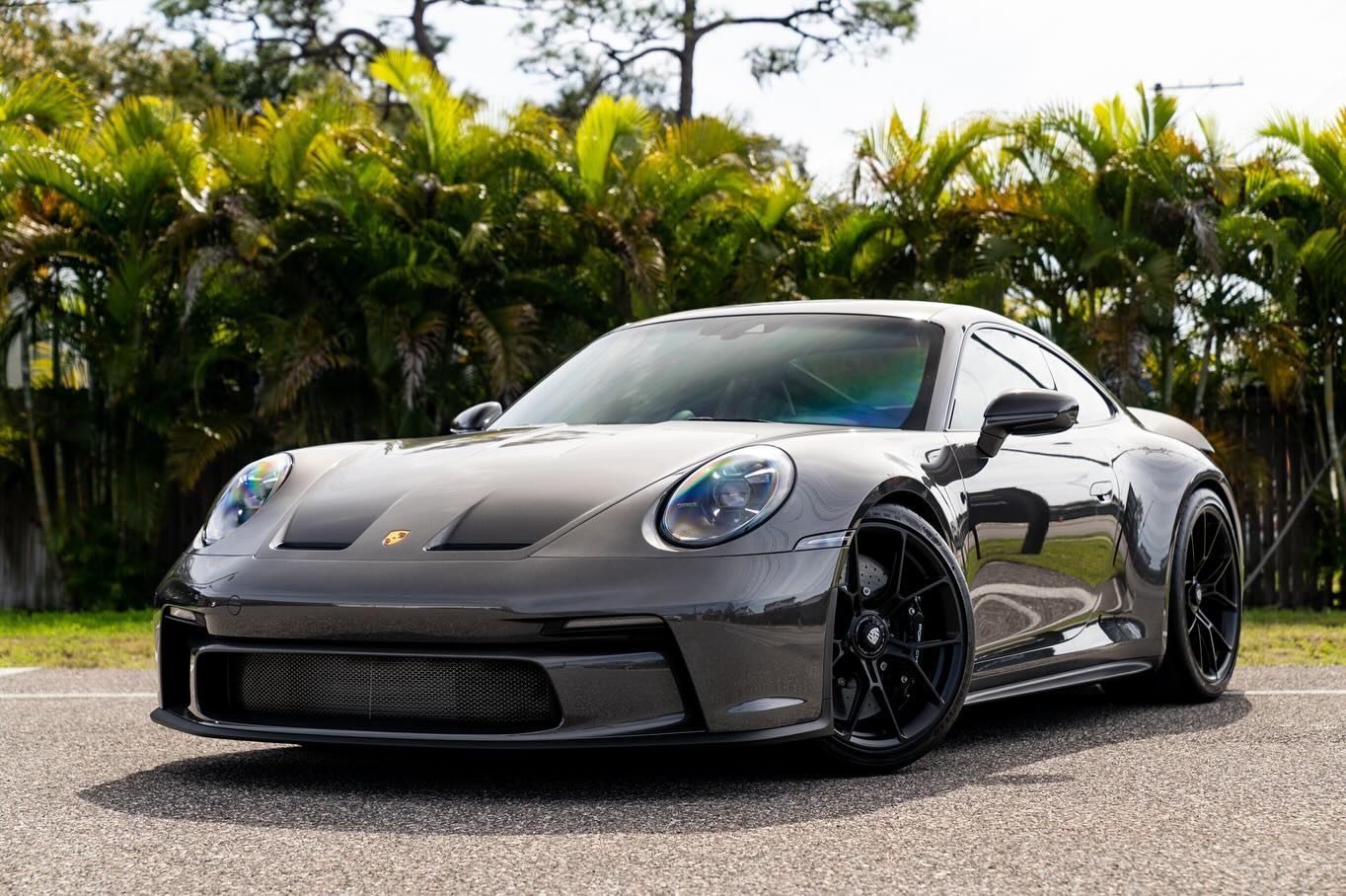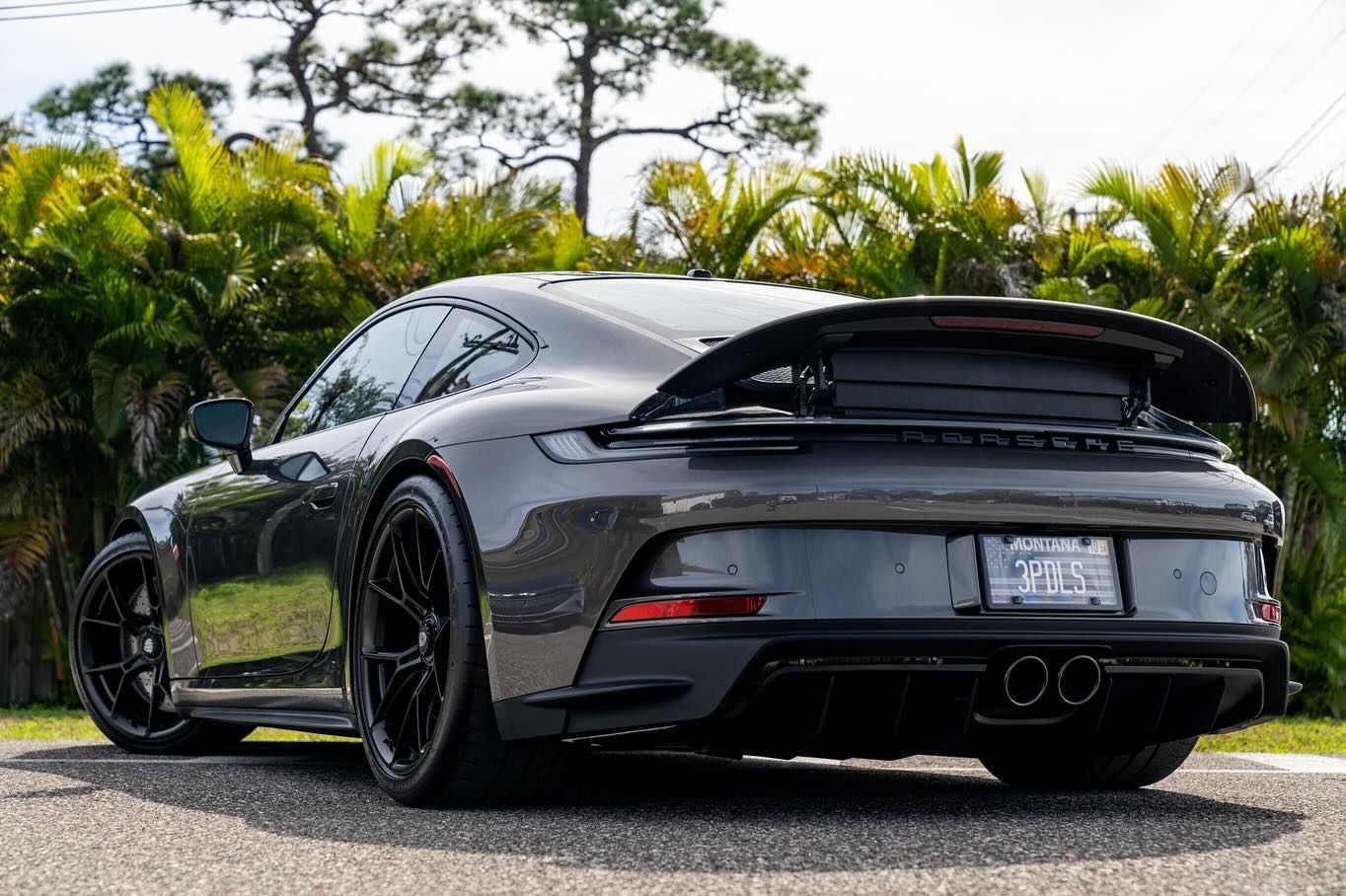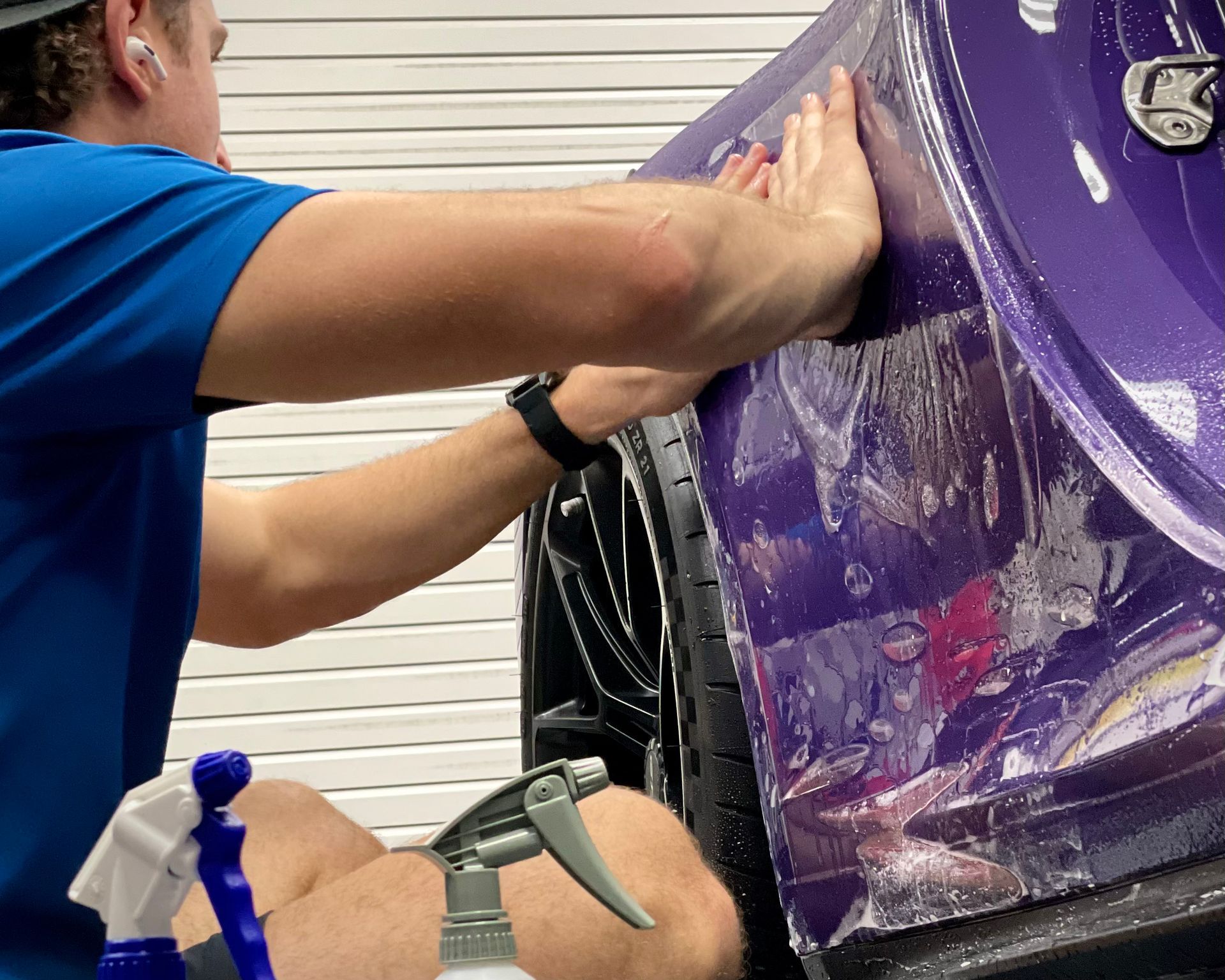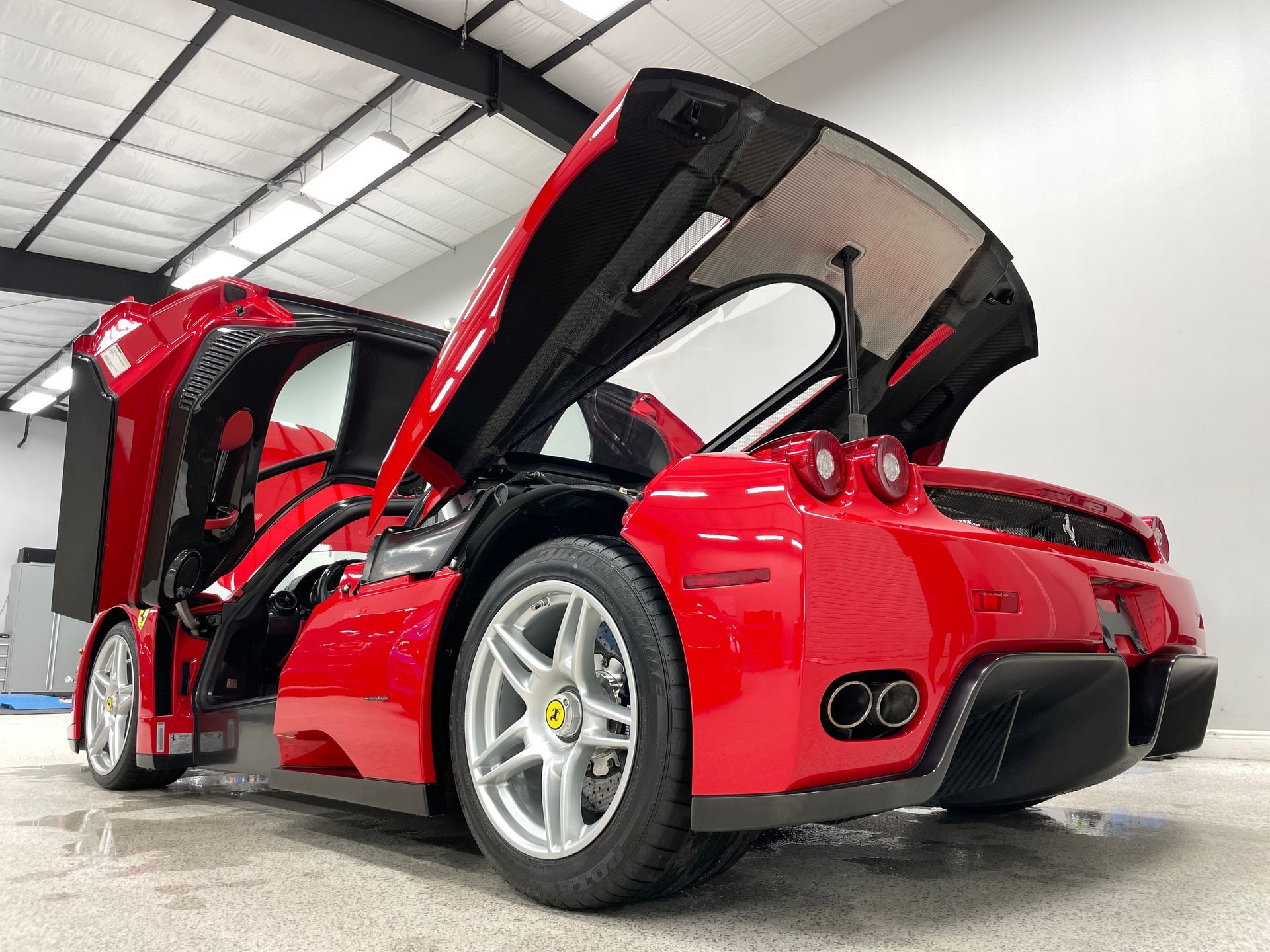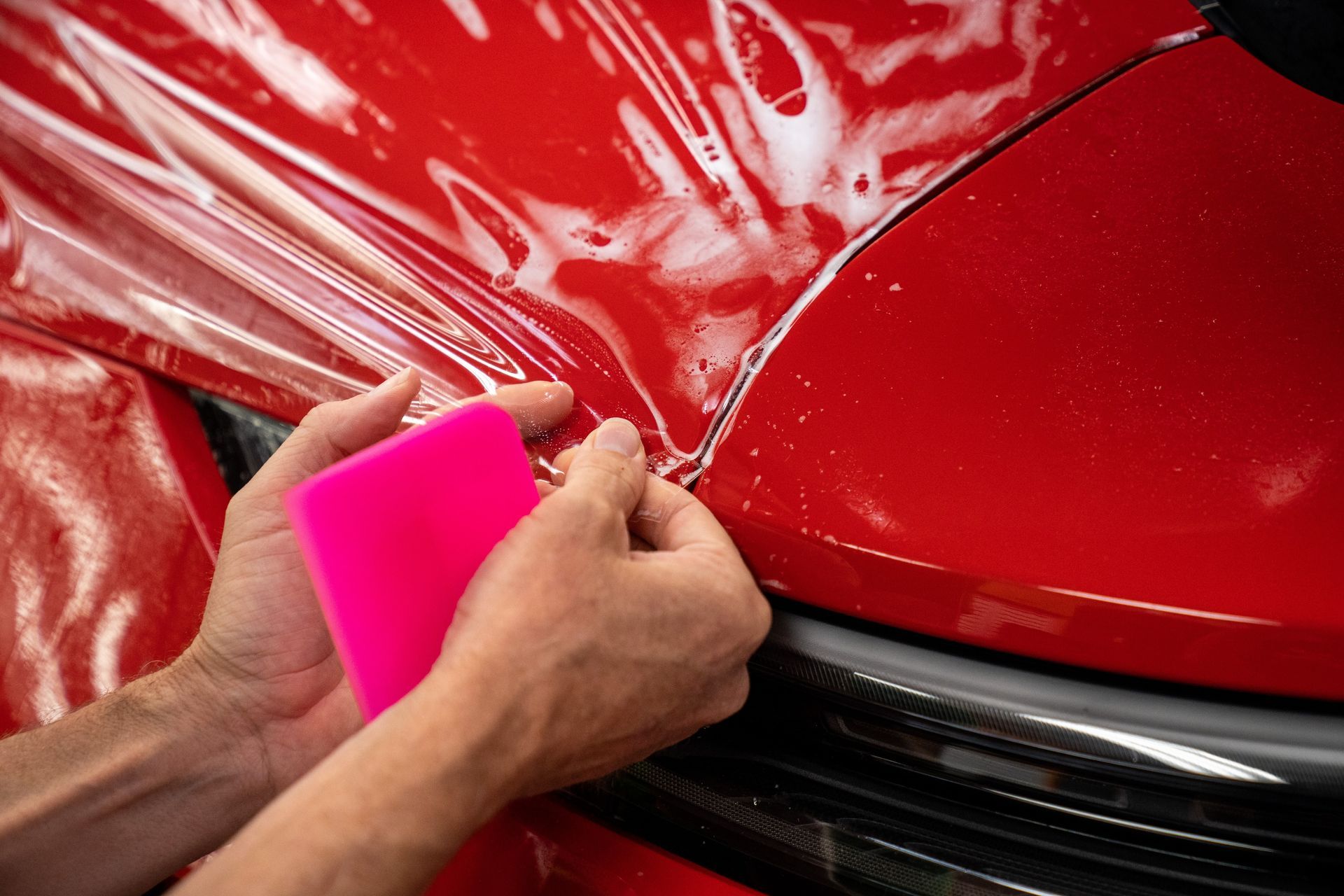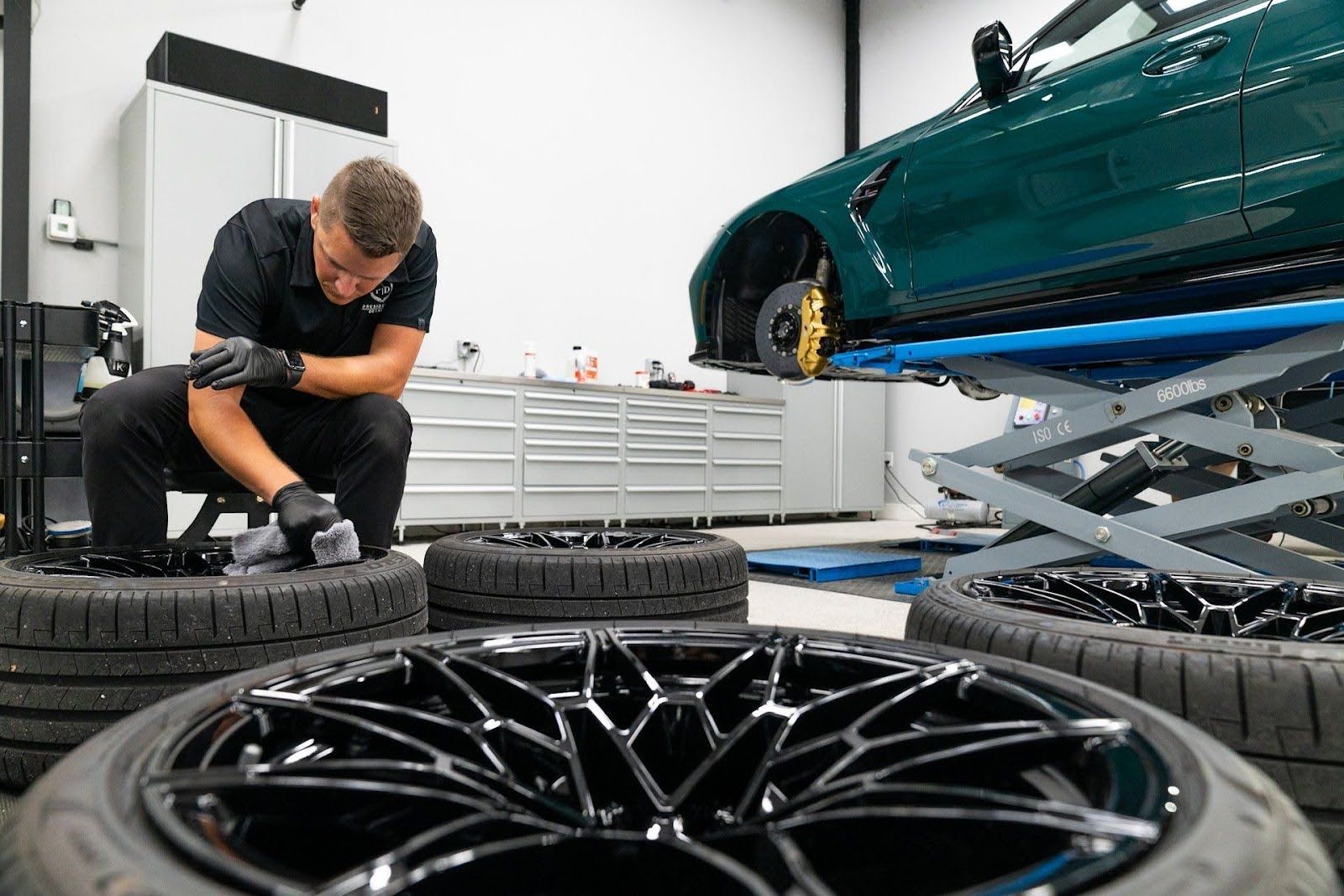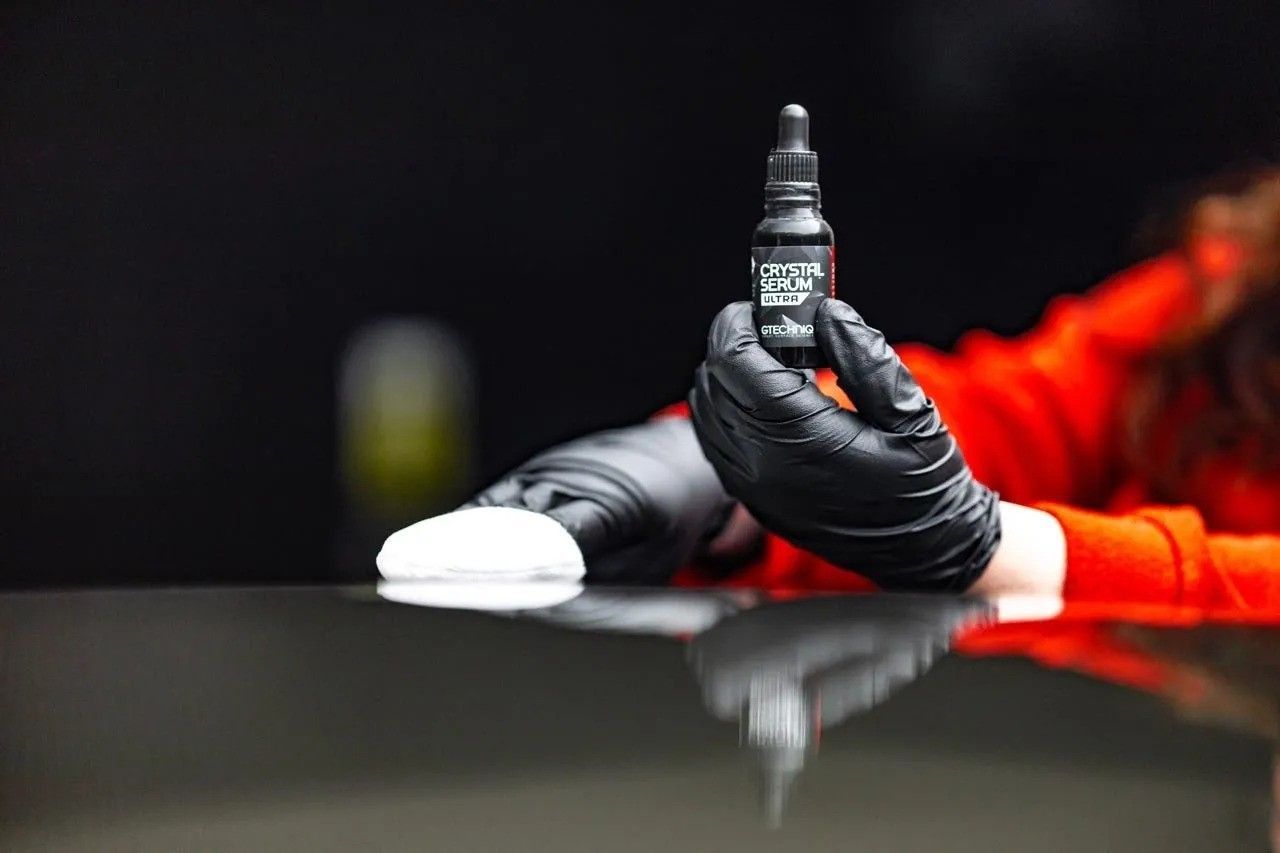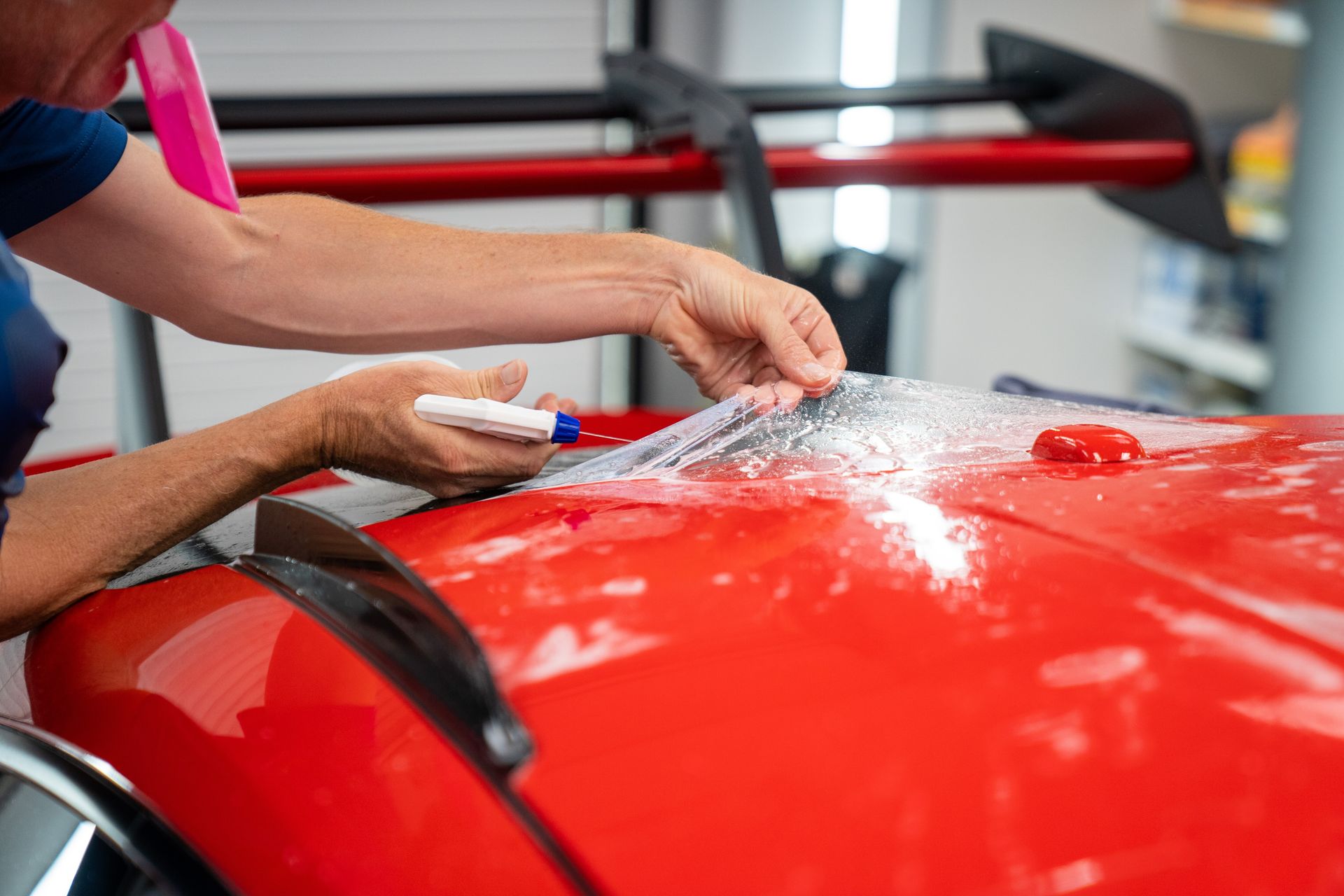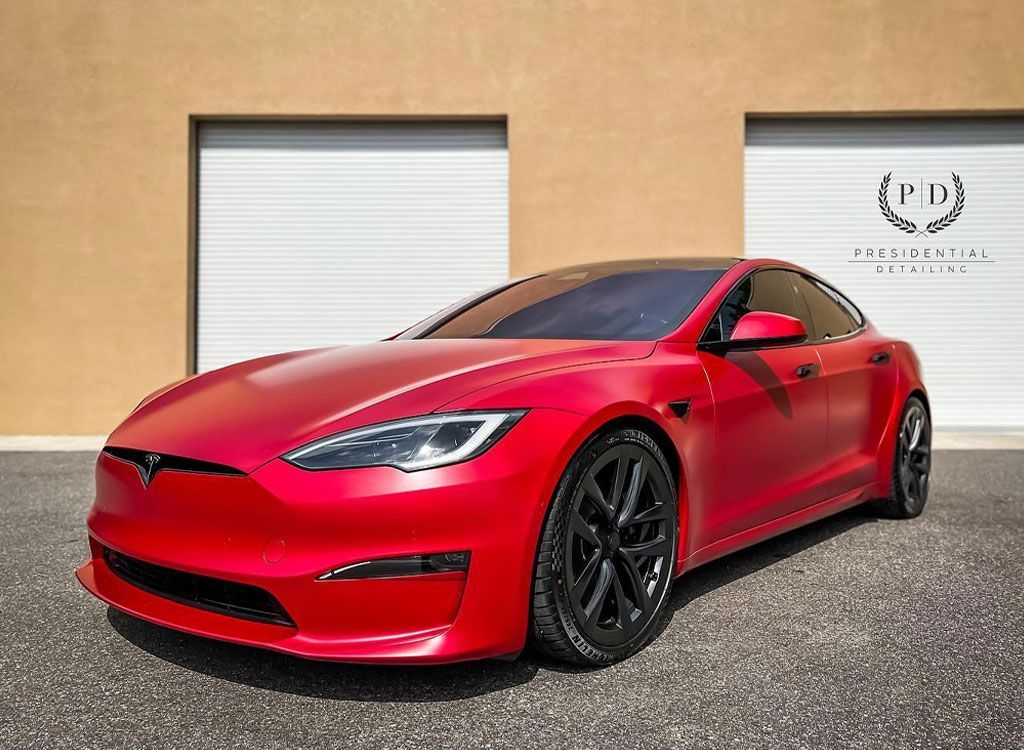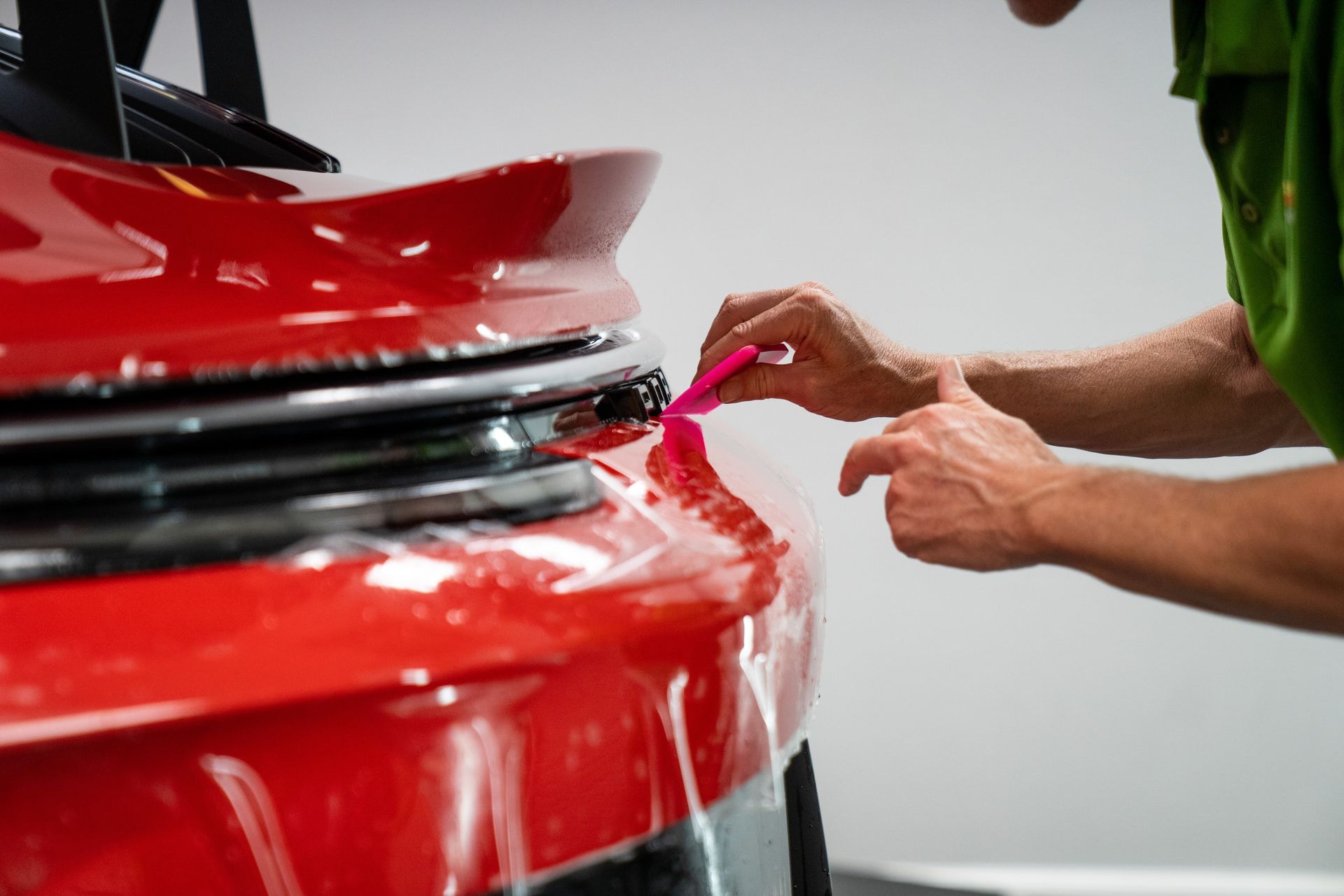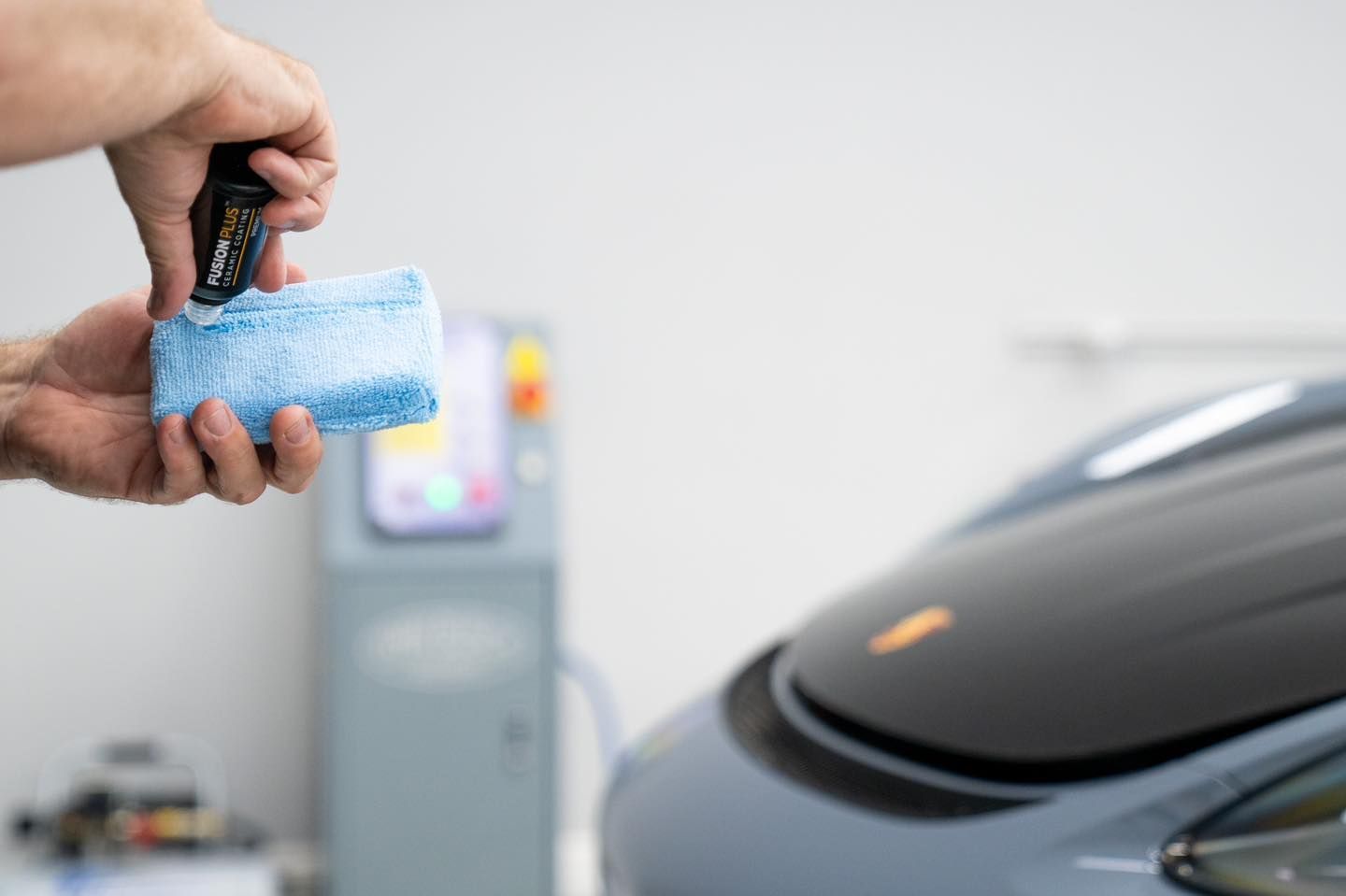Can Paint Protection Film Be Removed Without Damaging Your Car’s Paint?
CALL (813) 723-9679
GET A FREE ESTIMATEUnderstanding Paint Protection Film and Its Longevity
Paint Protection Film (PPF) is one of the most reliable ways to preserve your vehicle’s factory finish, keeping it free from rock chips and sun-induced fading. However, over time, even the best PPF begins to show signs of wear or discoloration, prompting vehicle owners to consider replacement or removal. This often leads to a common question—can paint protection film be safely removed without harming the car’s paint?
In a sunny and humid city like Tampa, FL, where environmental exposure can shorten the lifespan of automotive films, understanding the proper removal process is essential. At Presidential Automotive Detailing, our team specializes not only in premium PPF installation but also in safe and professional removal methods that protect your car’s finish while restoring its original shine.
How Paint Protection Film Adheres to Your Car’s Surface
The Science Behind PPF Adhesion
Paint Protection Film, often made from polyurethane, adheres to a car’s surface using a specialized pressure-sensitive adhesive. This adhesive forms a strong but flexible bond with the clear coat of the paint, allowing the film to remain stable through various weather conditions. When properly installed, this adhesive connection acts as a transparent barrier, shielding the paint beneath without altering its color or texture.
Factors That Influence Adhesion Strength
Several factors influence how strongly PPF adheres to a surface, including the quality of the film, the age of the installation, and the environmental conditions in which the vehicle is driven. In Tampa’s hot and humid climate, the adhesive bond can become stronger over time as heat causes the film to settle deeper into the clear coat layer. This makes professional removal techniques especially important to prevent pulling or tearing during the process.
Why Proper Installation Matters for Future Removal
The quality of installation directly impacts how easy or difficult PPF removal will be. When PPF is applied by professionals like those at
Presidential Automotive Detailing, the edges are sealed cleanly, and no excessive adhesive is left exposed. This ensures that when the time comes for removal, the film can be lifted evenly without leaving behind sticky residue or damaging the underlying paint.
Common Reasons for Removing Paint Protection Film
Film Aging and Yellowing
Over time, PPF naturally begins to degrade due to exposure to UV rays, heat, and environmental contaminants. This can lead to discoloration or yellowing, especially in older films that lack modern UV inhibitors. Tampa’s high UV index accelerates this process, making timely removal essential to maintain your vehicle’s visual appeal.
Physical Damage or Peeling
While PPF is incredibly durable, it’s not indestructible. Rock chips, debris, and automatic car washes can cause small tears or peeling edges. Once compromised, the film may start to lift, trapping dirt and moisture underneath. Removing damaged film before it worsens can prevent additional surface issues and make reapplication smoother.
Upgrading to a Newer Film Technology
The world of automotive protection is constantly evolving, with newer PPF products offering enhanced self-healing, UV protection, and gloss retention. Many Tampa vehicle owners choose to remove their old film to upgrade to advanced solutions offered by
Presidential Automotive Detailing, ensuring continued paint protection and a flawless appearance.
Safe Methods for Removing Paint Protection Film
The Importance of Controlled Heat Application
The safest and most effective way to remove
paint protection film involves controlled heat. Using a heat gun or steam, professionals gently warm the surface of the PPF to soften the adhesive. The ideal temperature range allows the film to lift easily without tearing or leaving residue behind. Excessive heat, however, can damage the clear coat—highlighting why professional handling is so crucial.
Proper Technique for Lifting and Peeling the Film
Once the adhesive is softened, technicians begin lifting the film from the edges, maintaining a steady angle and even tension to minimize stress on the paint. The key is to peel the film back slowly at a 45-degree angle rather than pulling it straight up. This controlled technique prevents stretching and protects the paint surface from any sudden adhesive release.
Adhesive Residue Removal and Surface Cleaning
Even with careful removal, a light layer of adhesive may remain on the paint. Professional-grade adhesive removers and pH-balanced solutions are then used to gently dissolve any residue without harming the vehicle’s finish. Afterward, the surface is polished and prepared for new protection—whether it’s a fresh PPF application or a ceramic coating.
Potential Risks of Improper PPF Removal
Peeling Off Clear Coat or Paint Layers
If paint protection film is removed without proper heat and control, there’s a risk of pulling off the clear coat or even layers of paint—especially if the paint was previously repaired or weak. Tampa’s intense sunlight can further bond the film to the surface, making do-it-yourself attempts even riskier.
Leaving Behind Adhesive Stains and Contaminants
Improper removal often results in sticky residue that collects dust and dirt, leaving behind unsightly marks that can be difficult to clean. Some household solvents can also damage paint when used incorrectly, leading to dull or uneven finishes.
Uneven Surface Appearance Post-Removal
Incorrect removal can cause uneven fading or patchy gloss differences, particularly if the PPF was protecting only certain areas of the vehicle. Professional removal ensures that the entire surface remains uniform in appearance, ready for reapplication or detailing.
Factors That Affect the Safety of PPF Removal
Age and Condition of the Film
The older the PPF, the more brittle it becomes. Aging films tend to crack or tear during removal, increasing the risk of leaving small pieces adhered to the paint. Regular inspection and timely removal—typically every five to seven years—can prevent this issue and protect your car’s clear coat.
Climate and Environmental Exposure
In Tampa, the combination of UV rays, humidity, and heat accelerates adhesive curing, making older films more stubborn to remove. Vehicles parked outdoors for long periods are especially prone to difficult removal conditions. A climate-controlled removal environment, like the one offered at Presidential Automotive Detailing, ensures a safe, efficient process.
Previous Installation Quality
Films that were installed improperly or on unprepared surfaces are more likely to bond unevenly or leave adhesive behind. Choosing a certified PPF installer from the start not only guarantees a clean application but also ensures that future removal can be done without complications.
Tips for Ensuring a Smooth and Safe PPF Removal
Schedule Removal in a Professional Facility
The safest way to remove paint protection film from your car is by scheduling the service with trained professionals. At Presidential Automotive Detailing, we use advanced tools and precise techniques to ensure that the removal process is gentle, efficient, and completely safe for your paint.
Maintain Regular Film Inspections
Routine inspections allow professionals to identify early signs of lifting, discoloration, or hardening, helping you plan for removal before the film becomes brittle. This proactive approach minimizes risks and simplifies the process.
Avoid DIY Removal Attempts
While it might be tempting to save time or money by removing PPF at home, improper tools and techniques can quickly cause costly paint damage. It’s always best to rely on experts who understand the adhesive properties and behavior of paint protection film under varying conditions.
Why Choose Presidential Automotive Detailing for PPF Removal in Tampa, FL
Expertise in Premium Paint Protection Film Services
At Presidential Automotive Detailing, we are Tampa’s trusted specialists in paint protection film installation, maintenance, and removal. Our experienced technicians have the knowledge and precision required to handle every type of PPF, ensuring the film is removed safely and cleanly without affecting the integrity of your paint.
Advanced Equipment and Safe Techniques
We utilize professional-grade heat systems and adhesive removers that are specifically designed for high-performance automotive films. Each step of the process—from initial inspection to surface polishing—is carried out with attention to detail, delivering results that exceed expectations.
Personalized Solutions for Every Vehicle
Every vehicle is unique, which is why we tailor our approach based on the film type, vehicle make, and paint condition. Whether you’re replacing old PPF with a new one or simply restoring your car’s original finish, our Tampa-based team ensures seamless, damage-free results.
Conclusion: Protecting Your Paint Through Safe PPF Removal
Removing paint protection film doesn’t have to be a risky process. When handled correctly, it can be done without leaving a trace—preserving your car’s original finish while preparing it for a new layer of protection. The key lies in professional expertise, proper heat control, and high-quality tools designed for the task.
For Tampa drivers, where UV exposure and heat can complicate removal, relying on trusted experts like Presidential Automotive Detailing ensures that your vehicle’s paint remains flawless. If you’re considering removing or replacing your PPF, contact us directly through our Contact Us page to schedule your appointment today.
Keep your car protected, pristine, and ready for whatever the Florida sun brings—with the expert care of Presidential Automotive Detailing in
Tampa, FL.

